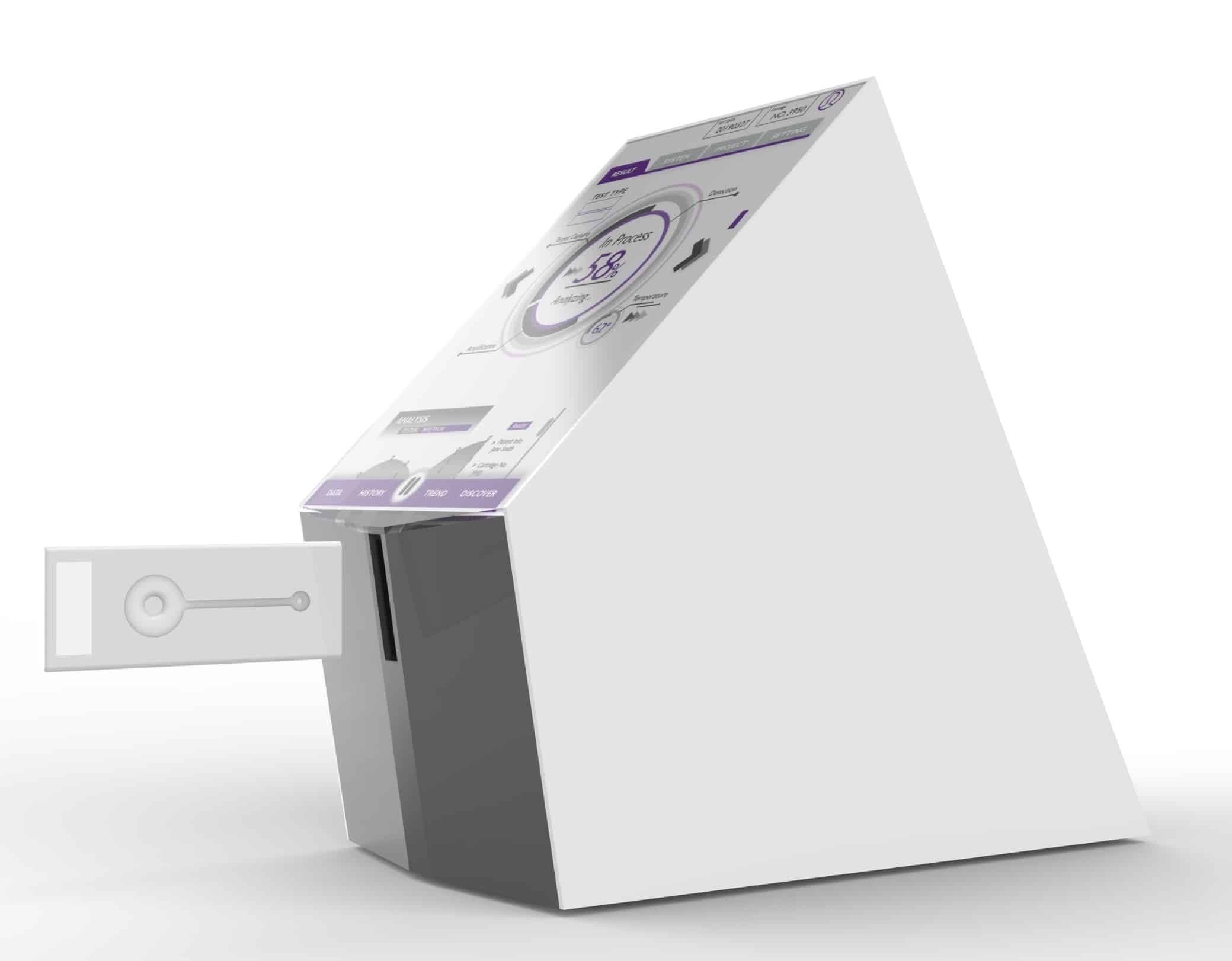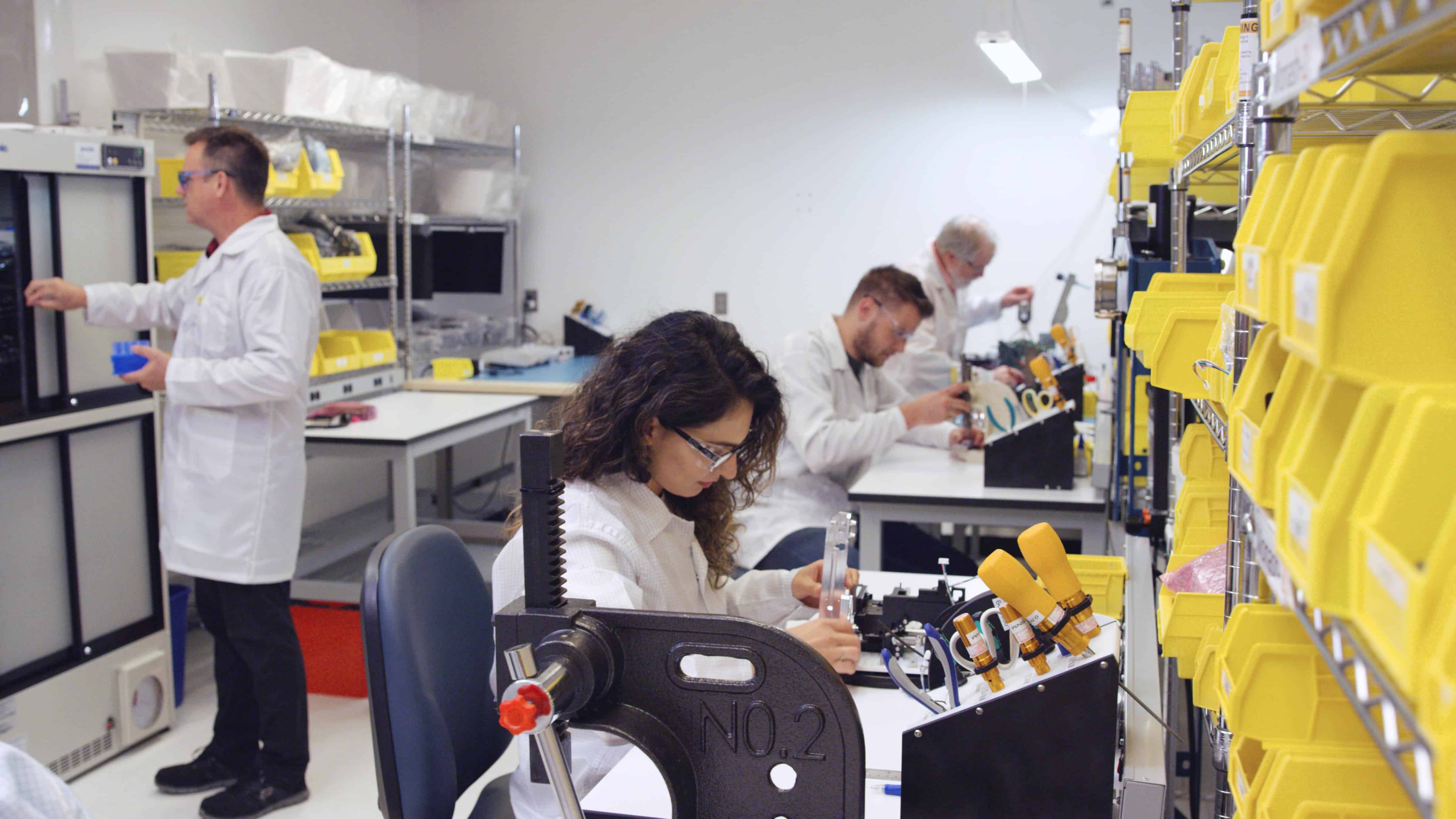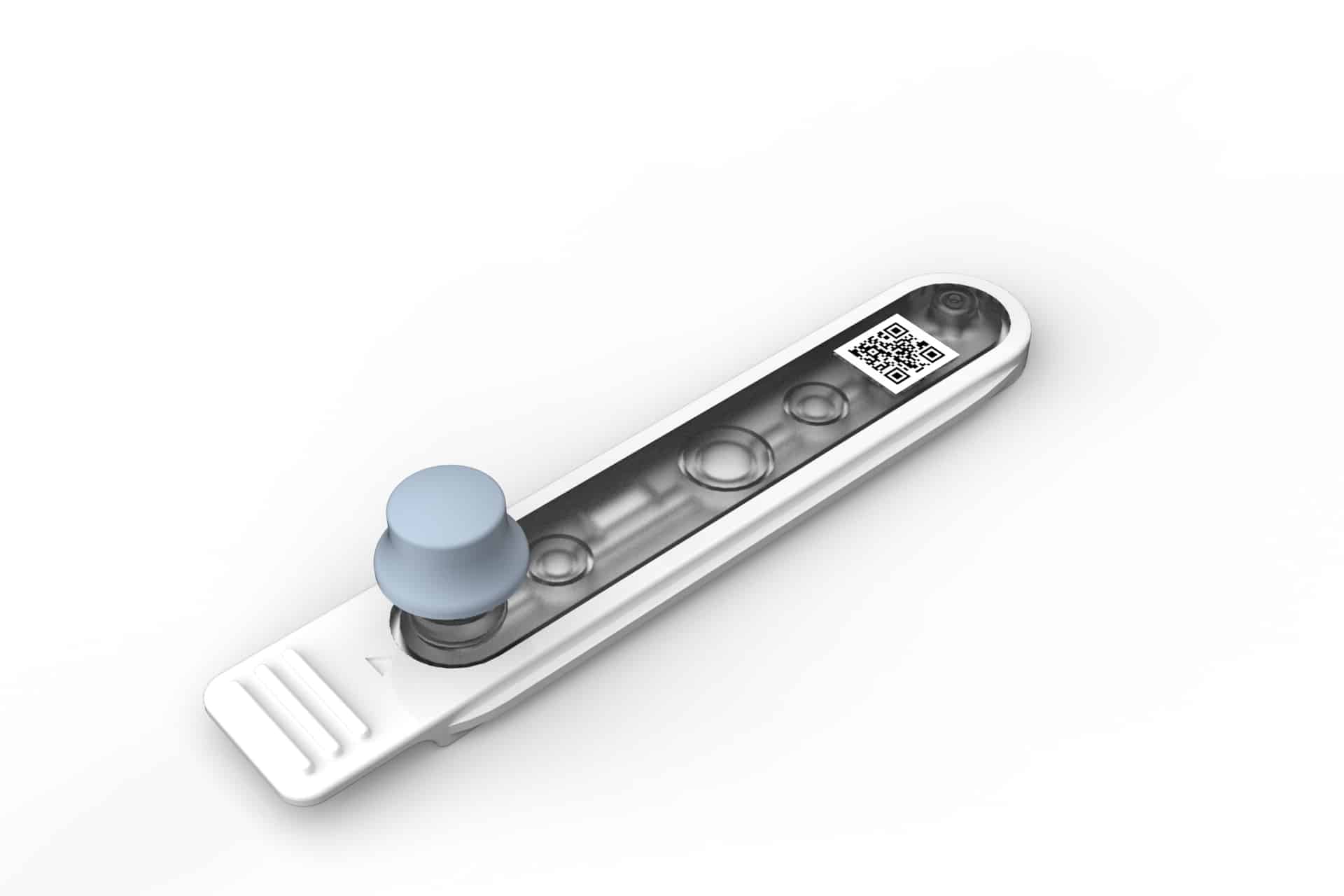The primary drivers for planning your QC strategy are:
- Designing the consumable based upon the expected production throughput and QC requirements
- Ensuring functional performance by evaluating the critical specifications prior to shipment
- Lowering cost of goods (COGs) by preventing the scrap from low manufacturing yield
- Monitoring the build quality to catch potential process drift or other indicators of issues with upstream processes
The strategy should consider the different types of tests to perform and their sampling rate.
Often the most reliable test method for many consumables is a destructive test. However, this approach may not directly measure the consistency of the manufacturing process and can mean reduced yields, or a decreased test rate that under-samples and does not detect failures.
Implementing non-destructive tests have their challenges as well. These tests may be laborious to conduct and their results potentially not repeatable. A common example of this is leak testing, which entails pressurizing the vessel and measuring the pressure decay rate over a set period. It can be a prohibitively slow process for in-line QC.
The alternate leak test approach of an off-line batch process will not only create complexity in the manufacturing workflow, but also increase the amount of scrap because an entire batch of faulty parts were produced before detection. A leak test may also weaken the thermal bond resulting in a back-to-back test with different outcomes.
The starting point when developing a testing strategy is to:
- Identify the manufacturing processes that are critical to meet quality specifications and their required process capability (e.g., bonding processes such as adhesives or thermal and ultrasonic welding)
- Use tools like a Process Failure Modes Analysis (PFMEA) to identify their failure modes
- Determine what needs to be measured to identify failures and how it will be measured
These steps should be completed during the conceptualization of the part as this will affect the final design of the consumable.
When determining the measurement method, it is advantageous to use established methods. Visual inspection, by operator or vision system, is a common QC method implemented in manufacturing with a strong precedence in many industries. However, not all failures can be detected visually. Other more challenging methods may be needed.
For example, creating a microfluidics channel requires a seamless weld with no misalignments which calls for an extensive level of process development work. The assemblies are typically welded using different parameters determined in a Design of Experiment (DOE) – such as pressure, weld speed, power, and materials – to understand how variations in those parameters might affect the quality of the weld. Each weld condition will need to be evaluated using a destructive measurement method like pressure or flow testing of completed assemblies to ensure functional performance.
During this process, non-destructive methods, such as a visual inspection of the seams, should also be evaluated to identify correlations between the destructive and non-destructive methods. If a direct relationship can be determined, the non-destructive method can be used in manufacturing, and may even be able to be automated for continuous production testing.
Over time, process parameters can be modified to ensure consistent quality. As the development teams receive prototype parts, getting feedback on the functional effectiveness of those components is essential to monitoring and improving the consistency of the process. This approach will help to build a manufacturing knowledge base of the process parameters that reliably produce a good, functional part as well as the normal variation in the process.



